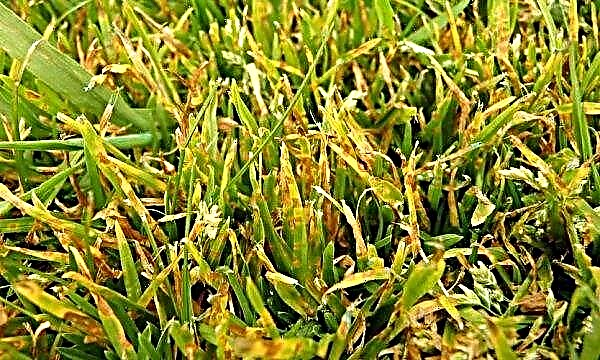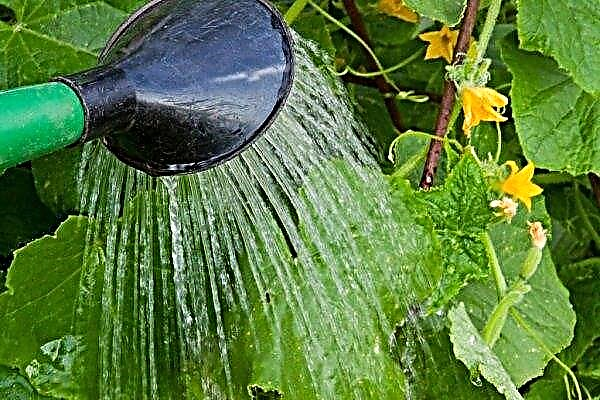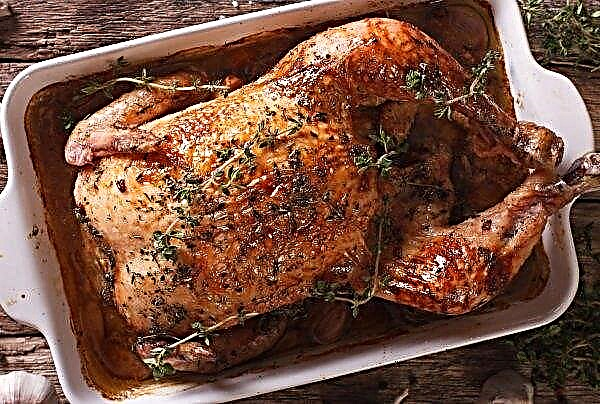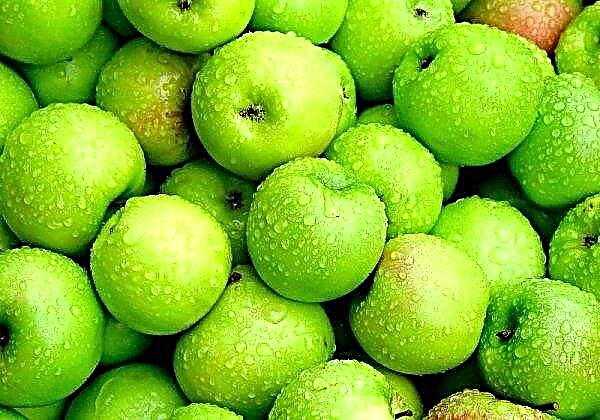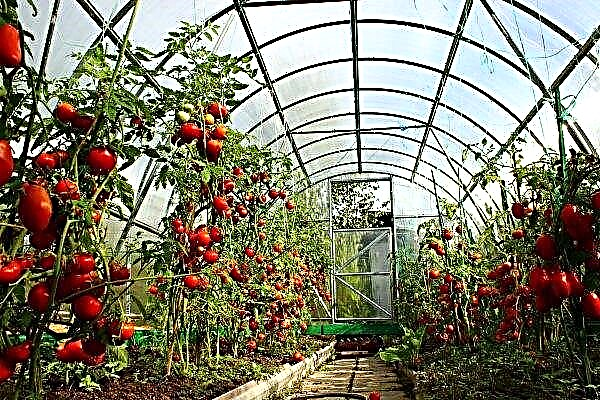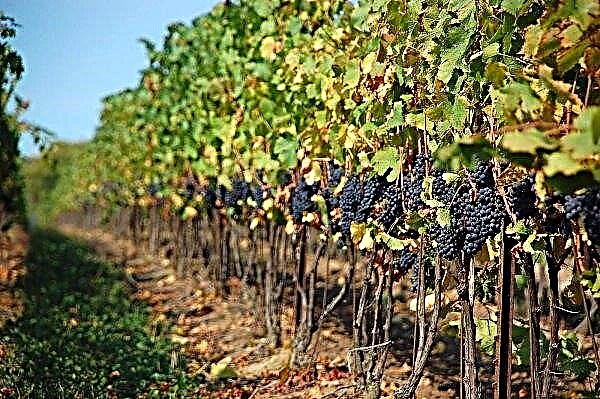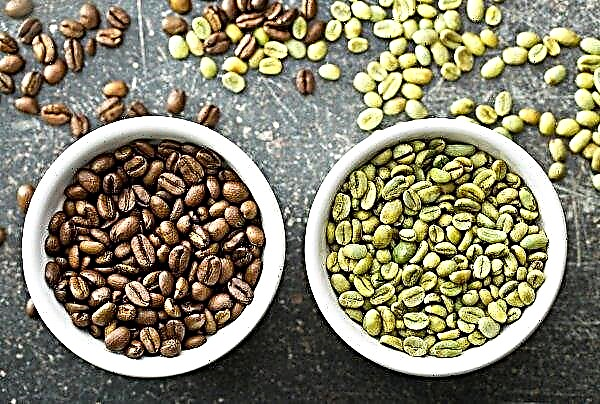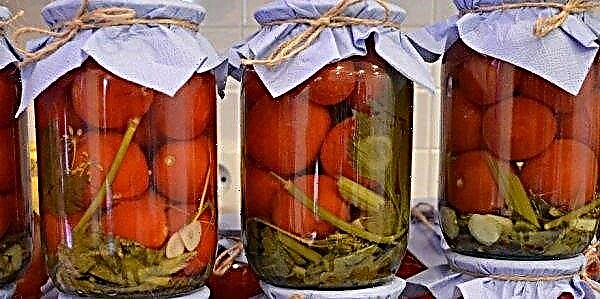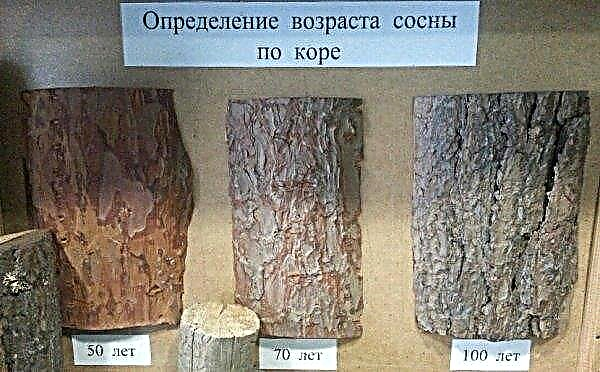In the forests of Russia there are dozens of varieties of mushrooms from the genus Clitocybe, which are popularly called "talkers" or "rows." All of them have a similar appearance, but at the same time some copies can be eaten, while others can lead to severe poisoning. In order not to make a mistake in your choice and use only healthy mushrooms for culinary purposes, it is worthwhile to study in advance the characteristic features of the most popular types of talkers, paying due attention to the issue of their rational preparation. What exactly is worth paying attention to first of all - this will be discussed later.
General description
Each of the species of the mentioned genus of fungi can have its own characteristic differences, expressed in individual body sizes, its color, and some other features of the appearance of a particular talker. However, there are a number of their common features, which led to the unification in one group under the specified name. Thus, the hat of representatives of the genus Clitocybe usually does not exceed 8 cm in diameter, although in rare cases it can grow up to 20 cm. In young specimens, it is hemispherical, but eventually becomes flat and even funnel-shaped (in old representatives).
Did you know? Many species of talkers grow in groups in forests, often in the form of circles on the surface of the earth. Because of this feature, the inhabitants of Russia associated their appearance with the arrival of evil spirits, supposedly in such places witches and evil spirits led round dances.
The surface of all mushrooms is always smooth and dry, but the color varies depending on the particular species: it can be brown-gray, ocher, beige, brownish-pink, gray or reddish. Almost always, the color saturation decreases in the direction from the middle to the edges of the cap, and on the surface of the central part the remains of the mycelium are sometimes noticeable, which resemble mold spots. On the inside, the hat is supplemented with white plates, but the older the mushroom, the more yellow they become. The pulp of young mushrooms is white, dense, although it loses its juiciness as it ages. Spore powder of white or cream color. Legs of different types of talkers are primarily distinguished by their length, reaching 4-10 cm, with a diameter of 1-3 cm. Inside this part is predominantly hollow, but despite this it is used together with a hat to prepare various dishes.
The pulp of young mushrooms is white, dense, although it loses its juiciness as it ages. Spore powder of white or cream color. Legs of different types of talkers are primarily distinguished by their length, reaching 4-10 cm, with a diameter of 1-3 cm. Inside this part is predominantly hollow, but despite this it is used together with a hat to prepare various dishes.
Types of Edible Talkers
In total, there are more than 250 species of talkers in the world, but not all of them are found on the territory of the Russian Federation. The most popular edible “local” species of these mushrooms can be attributed to brown-yellow, violet, odorous and bent specimens, although one should not exclude the likelihood of the appearance of waxy (red) and red talk in the forests, the use of which can lead to severe poisoning.
To avoid the undesirable consequences of consuming mushrooms, it is worth carefully studying the description of each of the mentioned species.
Brown yellow
One of the most famous species of talkers in Russian forests. Like many other members of the genus, it has a domed hat, which, as the fungus grows and ages, becomes flat or funnel-shaped. The color of its surface is brownish or light gray, with frequent white or light gray plates in the lower part. The leg is low (up to 5 cm), cylindrical in shape, slightly narrowed to the base, painted in the tone of the plates or slightly darker (usually yellow-ocher or pale-ocher). The pulp of this part is not as juicy as that of a hat, but this does not interfere with its use in the preparation of various dishes. The fruiting period of brown-yellow talker on the territory of Russia is August - October, taking into account weather conditions. You can find mushrooms in deciduous and coniferous forests, where they grow mainly in groups.
The pulp of this part is not as juicy as that of a hat, but this does not interfere with its use in the preparation of various dishes. The fruiting period of brown-yellow talker on the territory of Russia is August - October, taking into account weather conditions. You can find mushrooms in deciduous and coniferous forests, where they grow mainly in groups.
Purple
This variety is represented by rather large mushrooms, with a hat diameter of up to 20 cm. As in other cases, at the initial stages of the development of purple talker, it is flat-convex, with a slightly bent down edge. To the touch, the surface is smooth, bare and slightly moist, and its color can vary in a variety of shades of purple: from light to dark saturated color, in some cases with an admixture of brown.
Important! Like many other varieties of mushrooms, it is best to collect govorushka after the next rain, when the temperature is not too low yet, and the humidity is already high.
On the inside of the cap there are frequent, same violet plates, which, as the fungus grows, brighten and become pale lilac. Mushroom pickers especially appreciate the dense and thick flesh of this variety.which has a very pleasant taste and aroma. The leg is cylindrical in shape, with a slight thickening and a fibrous coating at the base. At the initial stages of development, its color is more violet, but later brightens. Govorushki begin to harvest in mid-September, continuing this process until November. Typical places for the growth of these fungi on the territory of Russia will be deciduous and mixed forests throughout the middle zone of the country.
At the initial stages of development, its color is more violet, but later brightens. Govorushki begin to harvest in mid-September, continuing this process until November. Typical places for the growth of these fungi on the territory of Russia will be deciduous and mixed forests throughout the middle zone of the country.
Odorous
The appearance and shape of the odorous talker is similar to other representatives of the genus, and the main distinguishing characteristic is the color of the convex, slightly turned-down hat, with a diameter of 3-10 cm. At a young age, the color of the fungus is blue-green, but becomes yellow-gray or grow just grayed out. The flesh is always pale gray or pale green with a pronounced anise-dill aroma and the same, but weaker taste. The plates located below are frequent, descending, pale green. The leg of a fragrant talker often grows up to 8 cm in height and 1 cm in diameter, and, like in other species, has a thickening in its lower part. The period of mass ripening of these mushrooms falls on August - October, and it is better to look for them in coniferous and deciduous forests, mainly in open glades.
The plates located below are frequent, descending, pale green. The leg of a fragrant talker often grows up to 8 cm in height and 1 cm in diameter, and, like in other species, has a thickening in its lower part. The period of mass ripening of these mushrooms falls on August - October, and it is better to look for them in coniferous and deciduous forests, mainly in open glades.
Video: odorous talker
Bent
A characteristic distinguishing feature of this talker is a large, depressed and fairly smooth gray-yellow hat, often reaching 12–20 cm in diameter. As the fungus develops from flat and convex in the central part, it becomes funnel-shaped. Plates are often located, descending, white at the initial stages of fungus growth, and yellow-pink as they mature.
The club-footed, dense lower part reaches 20 cm in height and 2-3 cm in thickness, and its color usually corresponds to the color scheme of the hat. The pulp is rather dry, white or brown (depending on the age of the fungus), with a characteristic sharp unpleasant aroma. No milk.
Bent talk is collected from July to mid-October, focusing mainly on forest edges and the territory along the roads, next to shrubs. The maximum yields can be collected on calcareous soils, although in other places mushrooms grow, forming the so-called “witch circles”.
Video: talker bent
Poisonous talkers
A group of poisonous species of talkers often chooses the same places for growth as edible mushrooms, so it is so important to know about the main features of their appearance. This will help to avoid accidental entry into the basket of dangerous specimens, among which on the Russian territory the most common are the liquefied (waxy) and red species.
Cash
A cash or waxy dialect is able to change the shape of its hat throughout life. So, at the initial stages of the development of the fungus, it resembles a bell, then a hemisphere (with a small tubercle in the center), but in the end it becomes almost flat, with a dent in the central part or even a whole funnel instead. The color of the upper part of the mushroom can also be different: from white or slightly grayish to deep brown, with dark spots in wet weather (give a kind of marbled pattern). The flesh under the skin is predominantly dense and elastic, with a difficultly defined aroma. Upon breaking and prolonged contact with air, it darkens. The lower lamellar layer is light gray, possibly with a cream tint, but by the time of maturation, the spores darken slightly.
The flesh under the skin is predominantly dense and elastic, with a difficultly defined aroma. Upon breaking and prolonged contact with air, it darkens. The lower lamellar layer is light gray, possibly with a cream tint, but by the time of maturation, the spores darken slightly.
All plates are quite wide, often located and adhered to the leg or descending along it. The leg itself has a cylindrical regular shape, with a slight thickening at the base. Its length does not exceed 7 cm, although specimens of no more than 3 cm can be found with a thickness of up to 10 mm. The structure of the inner part is fibrous, and the leg of the old fungus may turn out to be hollow.
Red
The poisonous talker of this species got its name because of the color of the hat, which from white and convex initially becomes red-red or red-brown as each individual specimen grows. The shape of the upper part of the adult fungus is flat or concave prostrate, with a thin and lobate edge. If dew or rain falls on its surface, it becomes light red or brown-red, while remaining equally fleshy.  Often located plates are thin, white, red-white at the beginning of the development of the fungus and slightly yellowed in fully mature specimens. The bent leg of a red talker grows up to 5 cm in length, but may not even be 1 cm in diameter. Its inner part changes from dense to completely hollow, with white flesh during growth.
Often located plates are thin, white, red-white at the beginning of the development of the fungus and slightly yellowed in fully mature specimens. The bent leg of a red talker grows up to 5 cm in length, but may not even be 1 cm in diameter. Its inner part changes from dense to completely hollow, with white flesh during growth.
Did you know? The reddish talker emits a faint pale greenish glow in the dark, which is why in ancient times it was considered a manifestation of evil on Earth.
Most often, this poisonous specimen can be found in coniferous and deciduous forests, as well as in the fields and along busy roads, where they appear starting in June and continuing to grow until October.
Cooking methods
Use for culinary purposes is subject to only proven, edible varieties of talkers, while usually inedible or highly poisonous ones are best left untouched. The process of preparing dishes based on them is not much different from the actions that are performed when cooking other varieties of mushrooms, the main thing is to immediately determine how much to cook on the line, how to marinate them and what recipes to use to cook fried and stewed delicacies based on them. Most often, questions arise precisely with cooking talkers (in particular, as part of soups), although pickling of the harvested crop has its own characteristics, which you should also be aware of before doing the work.
Most often, questions arise precisely with cooking talkers (in particular, as part of soups), although pickling of the harvested crop has its own characteristics, which you should also be aware of before doing the work.
Talker Soup
To prepare the simplest soup with mushrooms, you need only mushrooms, water, potatoes, carrots, onions and, if desired, the meat component. All actions are performed according to the standard scheme: first meat is cooked with onions, and then prepared and chopped vegetables are added to it, with boiled mushrooms at the end of cooking. Of course, the dish needs to be salt and pepper, each time tasting the broth.
As for the preliminary boiling of mushrooms, all you need is: clean the collected specimens from twigs, leaves and other forest debris, rinse them well with cold water, then pour in a saucepan and put the container on moderate heat, bringing the contents to a boil.
Important! To save time, it is better to boil the mushrooms separately from the meat and vegetable component of the soup, adding them almost during the full readiness of the liquid dish.
About 20-25 minutes should pass from the moment the liquid boils and until the mushrooms are removed from the fire. Sometimes for greater peace of mind after cooling, you can boil talkers again, but this time you should not leave them on the stove for longer than 15 minutes.
Pickled Govorushki
In the marinated form, the puffs may not look as attractive as honey mushrooms or champignons closed in jars, but their housewives often procure them for the winter.
In the simplest version for pickling, you will need:
- mushrooms - 1 kg;
- vinegar - 0.5 cups for the specified number of talkers;
- salt - 2 tbsp. spoons;
- dill - 30 g;
- sunflower oil - 30 ml;
- cinnamon - ½ teaspoon;
- peppercorns - 10 pieces;
- bay leaf - 2 pieces;
- cloves - 4 pieces.
The process of creating a blank is simple and will consist of the following steps:
- Cleaning and soaking mushrooms (they must spend in water for at least two hours).
- Cooking in a marinade with the addition of vinegar, salt and seasonings.
- Cooling the talkers and moving them to the jar, with the further addition of the previously prepared marinade.
In this form, the workpiece can be rolled up with lids and left for another week for insisting. After this, the mushrooms are considered completely ready to eat and can be served together with a side dish or meat dishes. But along with alcoholic beverages it is better not to eat them, so as not to provoke serious poisoning of the body. In general, not everyone likes mushrooms and, if possible, mushroom pickers will prefer the same chanterelles, porcini mushrooms or honey mushrooms, but if you have already fallen into edible varieties, then you should not refuse them. With proper preparation, they will also be able to qualitatively diversify the daily menu.
In general, not everyone likes mushrooms and, if possible, mushroom pickers will prefer the same chanterelles, porcini mushrooms or honey mushrooms, but if you have already fallen into edible varieties, then you should not refuse them. With proper preparation, they will also be able to qualitatively diversify the daily menu.


